There are two things to consider when determining how long you can drive on a temporary spare tire. Those factors are distance and speed. You Should NOT drive on a donut for more than 50-70 miles. However, you can stretch this range to 90 miles or so if absolutely needed.
How To Put On a Spare Tire
Extra mileage is not a good idea, these tires are temporary for a reason. You should not attempt to drive long distances on these tires. Temporary spare tires come with such little tread to begin with.
You don’t patch a spare tire for the same reason you don’t patch a solo cup. It’s temporary cheap junk.
Tweet
Temporary spare tires are not designed to take on poor road conditions. They won’t be the same as a normal tire. So, any bump, projectile, or road hazard could cause your donut tire to blow out.
You can use a spare tire more than once. Just remember to check the tires wear conditions and PSI before using. If the tire does not pass the safety check, you should not use the spare tire. This means you need to buy a new tire.
Advertisements
Spare Tire and JackWhat PSI Should a Donut BeUnderstanding what PSI your tire should be at is critical to the safety of you, your car, and your passengers. A tire should be replaced, with a donut, when one of your tires blows out or goes flat.
A donut spare tire should have a pressure of 60 pounds per square inch (PSI). HOWEVER, you should always check your vehicle’s manual to find the correct pressure for your spare tire. Before you put your spare tire on your car or truck, there are a few things you need to check.
Digital Tire Pressure Gauge
Designed to maintain correct tire pressure, reduce tire wear and extend tire life; Digital display reading instantly and clearly being shown, no longer do the guesswork of analog gauges!
Buy Now
First and foremost, check your donuts air pressure.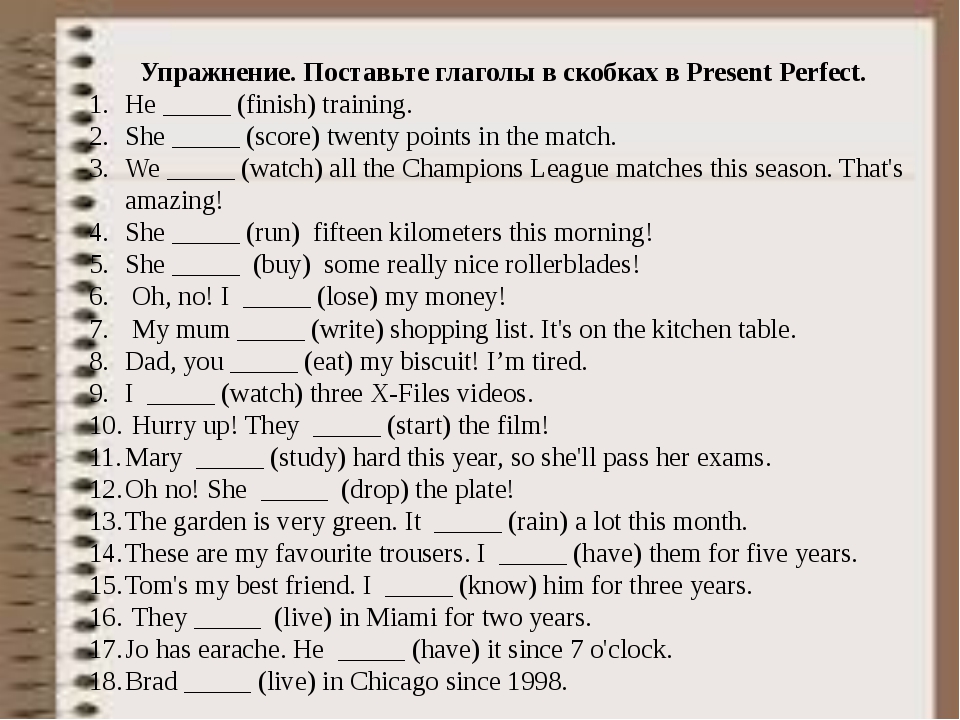 If your temporary spare tire is under inflated it is important to pump more air into it before driving off. It is important to keep a portable tire inflator in your vehicle’s trunk or car storage areas at all times in case of emergencies.
If your temporary spare tire is under inflated it is important to pump more air into it before driving off. It is important to keep a portable tire inflator in your vehicle’s trunk or car storage areas at all times in case of emergencies.
Another important safety factor that you need to take into consideration when replacing your tire with your temporary spare, is your other tires sizes. If your tires are not factory or stock, your donut tire may not allow your car to ride properly if installed with your new aftermarket wheels. It is always best practice to get a new spare tire if you upgrade your wheels.
How Fast Can You Drive on a Spare TireThe second factor of safety to take into consideration when replacing a flat tire is the speed your spare tire can handle. How fast you drive on a temporary spare tire depends on your particular spare tire’s ratings. As a general rule of thumb you should never travel over 50 miles per hour (MPH) on your donut tire
.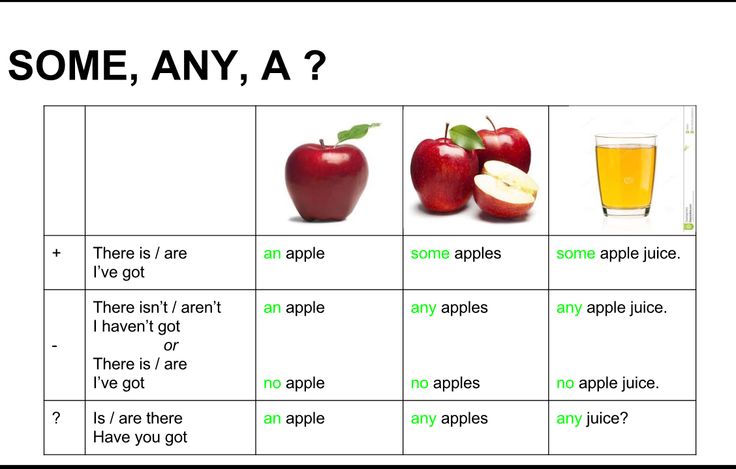 It is best to avoid the freeway, to keep your speed down. Traveling at a speed greater than 50 MPH could cause further damage to your car or truck.
It is best to avoid the freeway, to keep your speed down. Traveling at a speed greater than 50 MPH could cause further damage to your car or truck.
Life is fast. Are you living for what matters?
Tweet
When regarding load capacity, speed capability, or all-weather traction, temporary tires are NOT designed the same as a normal tire. It is very important to check your vehicle’s owner’s manual and/or the temporary spare’s sidewall for instructions on proper use. This simple preventative measure could prevent a wreck, severe injury, or even death.
Your vehicles braking, handling, and cornering characteristics are going to decrease when driving on a donut tire. The donut tire will decrease your vehicle’s braking and handling due to that fact that it is smaller in size when compared to your other tires.
Additionally, your vehicle leans to or dips in the direction that the donut tire is. With this in mind, your vehicle will tend to pull where the spare tire is located. It is super important to understand what driving on a donut is going to feel/be like before taking off.
It is super important to understand what driving on a donut is going to feel/be like before taking off.
When looking to purchase a spare tire, it is important to know the difference between a spare tire and a donut tire/temporary spare tire.
A spare tire is a tire that is identical to the tires that are currently on your vehicle. This means that, that spare tire has the same load capacity, speed capability, or all-weather traction. These spare tires are typically on trucks, jeeps, or larger vehicles.
Unlike a spare tire, God is not a back up plan.
Tweet
A temporary spare tire, aka a donut tire, is a smaller tire. A temporary spare tire provides you with short or temporary means of transportation. These types of tires are usually on/in cars or smaller vehicles.
Now that you know the difference, it’s important to know where to buy the best and cheapest donut or spare tire(s). The answer is, some donut tires can be bought online for as low as $40. These tires are far more expensive at a tire retailer or mechanic shop. Where a spare tire can range dramatically is when it comes to the size and brand.
The answer is, some donut tires can be bought online for as low as $40. These tires are far more expensive at a tire retailer or mechanic shop. Where a spare tire can range dramatically is when it comes to the size and brand.
A temporary spare tire can not be fixed or patched and is meant for limited use. The rubber simply isn’t thick enough to hold a plug reliably.
These tires have no belt and little to no tread. Most importantly, these tires are not reinforced. This means that these tires are already “fragile”. Drive on these tires with caution.
The temporary spare tire is simply made to get you to the repair facility you had your new tires shipped to. Find the right tires to ship to your local dealer!
Symptoms of Spare TiresThere aren’t specifically symptoms of a spare tire, more so, there are signs that you need to put on your spare tire. Signs you need to put on your spare tire:
Signs you need to put on your spare tire:
A quick question: When was the last time you checked the tire pressure for your spare tires? The spare tire is usually located in the trunk of your car, for the pickup truck, the tire will be mounted underneath the undercarriage.
It’s out of sight and very easy for us to forget the existence of spare tires until the time you need them. How to take care of the spare tire in your car and what the standard PSI for spare tire should be? The answer will be revealed in the article.
Spare Tire On Car: Is It Really Necessary?Imagine when you are driving on the highway, suddenly your normal tires get flat. You open the trunk of your car and realize that there is no spare tire. Unfortunately, such situations often happen to drivers, because many people are still not fully aware of the importance of this type of tire.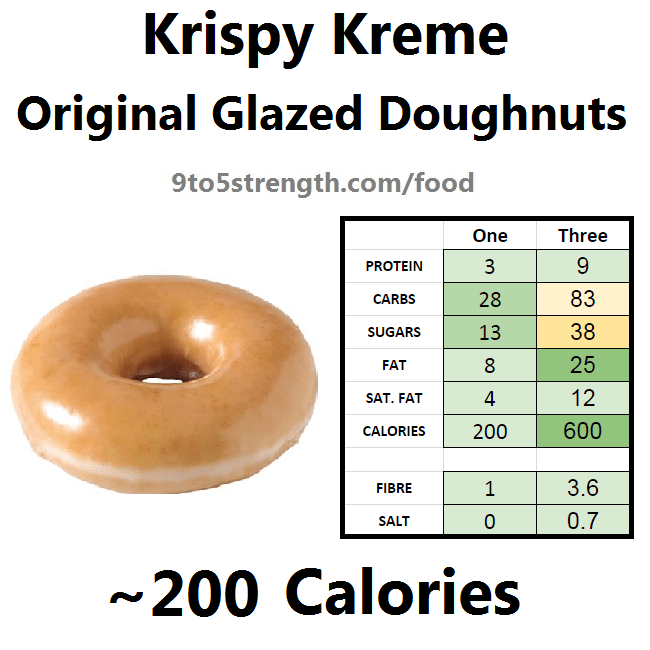
Therefore, having a spare tire in the car is always handy to avoid unexpected and avoidable situations. You should always have a spare tire in your car because you never know when you’ll be flat or punctured and stuck on the side of the road. Spare tires can provide you with a direct replacement, allowing you to move back until the tire repair service is on there.
A spare tire is considered a lifesaver when the main tire has a problem along the way, usually located in the rear luggage compartment or outside covered. With a smaller size than the main tire, the spare tire will reduce the weight significantly. In addition, the vehicle will be lighter and use less fuel when operating the engine. On top of that, the spare tire is small in size, saving space for the luggage compartment.
>> Read more: How Are Tires Made? Learn About Parts Of A Tire?
Having a spare tire on car is always handy to avoid unexpected and avoidable situations. (Photo: pinterest.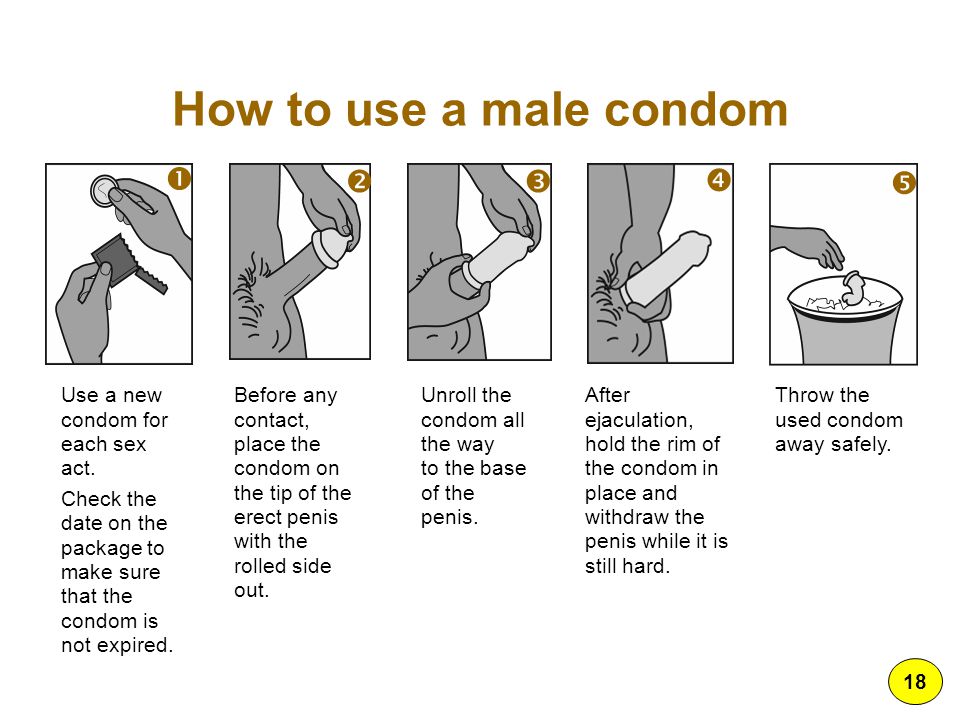 com)How Much Is The Correct PSI For Spare Tire?
com)How Much Is The Correct PSI For Spare Tire?Knowing what PSI your tires should be is very important for your safety. A tire should be replaced, with a spare tire, when one of your tires is deflated or flat. But how to know how much air should be in a spare tire? The ideal pressure for the spare tire is around 60 pounds per square inch (PSI). It’s a smaller tire and it’s only for emergency use, typically going like a max of like 55 miles an hour.
If you own a heavier vehicle like a truck or SUV, you will need full-sized spare tires. And the air pressure that is recommended for the tires typically ranges from 32 and 38 PSI. However, we recommend you check the owner’s manual to find the correct PSI. This parameter is always written on the stickers that are molded into the side of your tires or on the side of the wall.
Many drivers wonder why do spare tires have higher psi than normal tires. The reason behind such a high PSI is that their dimension is smaller.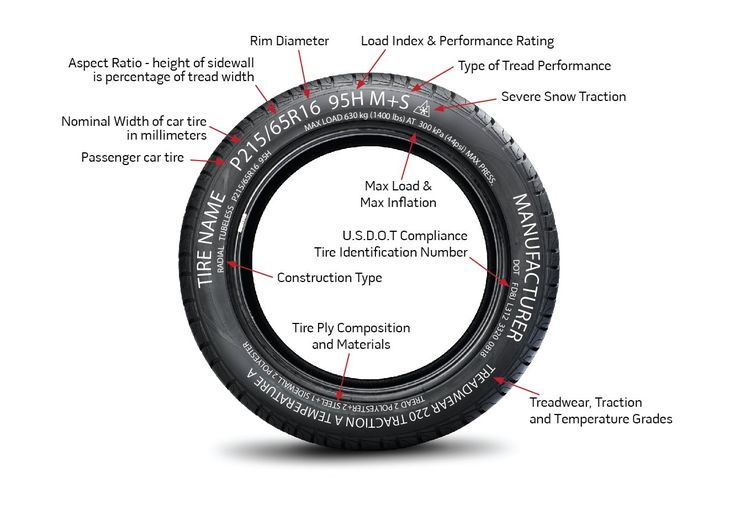 Because the spare tires have a contact surface half the size of a full-size tire, the PSI needs to be higher than the normal tires to compensate for the reduced area.
Because the spare tires have a contact surface half the size of a full-size tire, the PSI needs to be higher than the normal tires to compensate for the reduced area.
You can understand simply that the space-saving tire has less tread area than your typical full-size spare tire. To maintain full contact of the rubber with the road surface, higher pressure is required for the tread to contact, typically 60 psi. Since the spare tire is only used in emergencies, it is rarely used, so it is better to have extra air pressure in it. Otherwise, you may encounter a situation where the spare tire cannot be used because the air pressure in it is too low.
How To Properly Inspect And Maintain Spare TiresWe are sure that spare tires are one of the parts in your car that are easy to overlook in vehicle maintenance. If you don’t take care of this tire, you may be stranded on the road because you don’t have a spare tire to change due to a flat spare tire or any damage.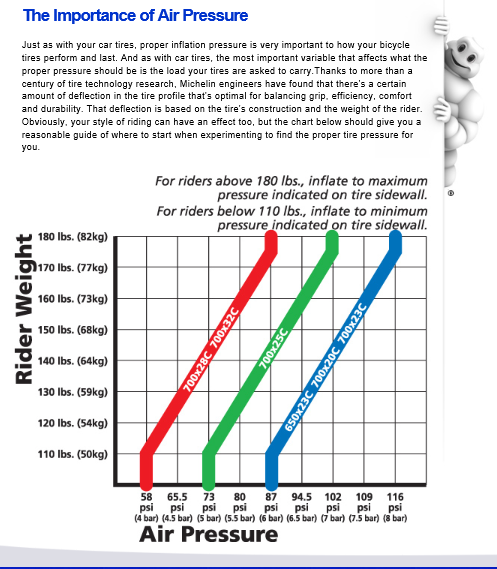 It’s a good idea to get into the habit of checking and maintaining the spare tire before every trip.
It’s a good idea to get into the habit of checking and maintaining the spare tire before every trip.
Many people think that the spare tire is only stored in the trunk and is not used much. Unless the tire is punctured, the tire will still maintain the same amount of air pressure when it is initially inflated. Like all four tires, spare tires can be negatively impacted by a variety of factors, from temperature to UV exposure, and even time. We recommend checking your spare every time you rotate your tires, periodically every 6,000-8,000 miles.
Spare tires are prone to slow air leaks and fluctuating temperatures. Checking the air pressure regularly is a very important step. You should check the air pressure in your spare tires every time when checking the other tires. This will help ensure that the spare tire is properly inflated as you want to use it. Driving with an under-inflated tire, especially a smaller one, can cause serious damage to your wheel and car.
Pressing on the tire is not a good measure to inspect the air pressure of your spare tires to know when it needs to fill up. Unlike your usual four tires, the space-saver tire usually has to be inflated to about 60 PSI; If your PSI is too low, it can break and damage the wheel. Even so, a fully inflated “donut” is a temporary remedy, usually, you can drive up to 100 miles at speeds, not up to 55 mph.
To check tire pressure, you will need a tire gauge. You can find this tool in any auto parts store. After that, remove the valve cap from the tire. Then, place the tire pressure gauge on the valve stem and press firmly to make the squeal disappear and the tire pressure gauge will display the information. With a standard gauge, the pressure pushes the hand to a specific level on the dial. With an electronic tire pressure gauge, the information will be displayed on the screen.
In any situation, we hope that the spare tire will just sit in your trunk and carry on your trip. But in case you need it, it should be in top condition ready to get you where you want to go. Follow these tips to keep your spare tire in good shape:
Check the pressure:Designed and functionally the same as any other tire, a spare tire is also greatly affected by temperature and other factors and directly affects the air level in the tire. Therefore, the spare tire air pressure should be monitored to ensure the proper level according to the manufacturer’s recommendations.
Don’t ignore the signs of aging:Over time, the spare tires will show the signs of aging that you can notice visually. First, you can check the tire surface to make sure there are no cracks in the tire. If cracks appear in large numbers, you should replace the spare tire. Don’t forget to double the tire tread. Treads will make traction on the road. Although spare tires usually don’t wear out at the same rate as other tires, their performance will reduce over time. You can check tread depth by many methods like using a penny.
Although spare tires usually don’t wear out at the same rate as other tires, their performance will reduce over time. You can check tread depth by many methods like using a penny.
This method just is applied for full-size spare tires (like trucks, SUVs, or sedans). You should rotate your spare tires every 6000-8000 miles. Normally, the spare tires will be rotated into the correct rear position and the old part becomes the spare.
Clean and preserve the spare tires:Cleaning the spare tires allows you to inspect for irregularities, cracks, and leaks on the tire surface. Use a quality protectant with UV protection to improve the life of the rubber and prevent cracking or cracking. Or use specialized cleaners to remove stains and stains.
For the spare tires that are mounted beneath your truck. You can use hard tire covers (steel plates) or plastic covers to protect the tire from debris or rock. Also, keep it clean and limit the damage to the rim or rubber.
>> Read more: How to Choose The Best Air Compressor For Your Car
How Long Does A Spare Tire Last?The years will depend on how often each driver uses the spare tire. Over time, even if your spare tire is not unused, the quality and performance of the tire will decrease. During storage, the rubber surface of the tire contacts and reacts with the oxygen in the air. Oxidation will break the rubber layer and gradually crack.
To limit this process, manufacturers have used Ozonate additives to help prevent the rubber from degrading and that is why the life of unused spare tires can be extended from 6 to 10 years. So when your spare tire exceeds this period, replace the tire immediately. Make sure you replace the spare tire with the correct type of tire. Each car model will require different types of spare tires. You can use full-size tires or a donut (space-saving).
In ConclusionWe know that the only thing worse than having a flat tire is finding that your spare tires are flat too when you are driving.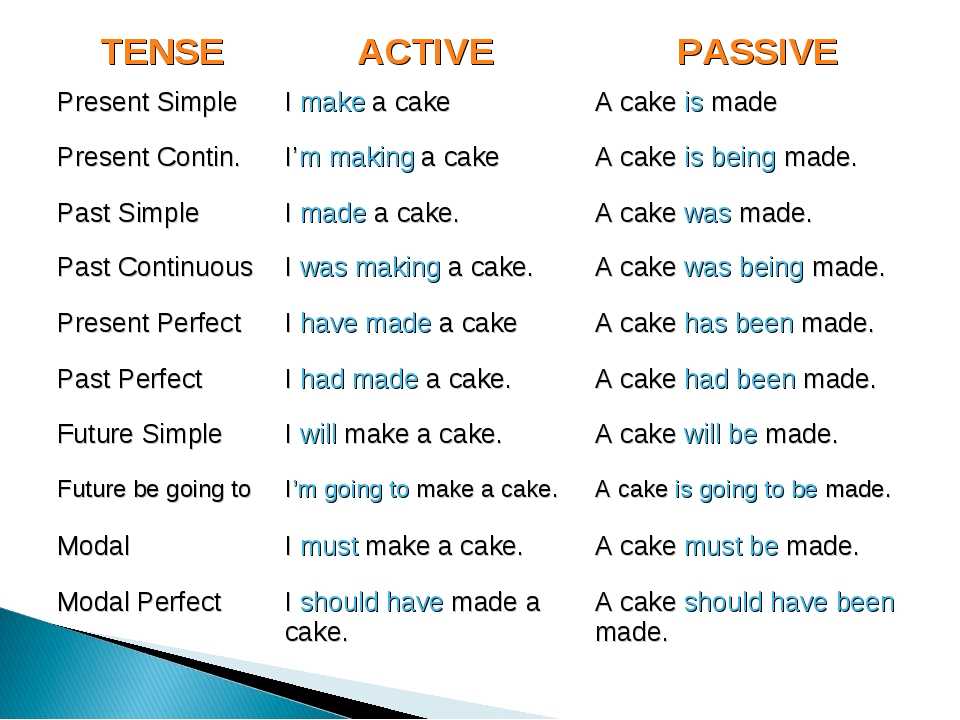 The truth is that people rarely check their spare tires in their free time and don’t even see it until they really need them. It’s essential to make sure your spare tire is ready to roll for the days you need it most. Knowing the exact PSI for spare tire will limit this unwanted situation. Don’t hesitate to comment in the box below if you have any questions or concerns.
The truth is that people rarely check their spare tires in their free time and don’t even see it until they really need them. It’s essential to make sure your spare tire is ready to roll for the days you need it most. Knowing the exact PSI for spare tire will limit this unwanted situation. Don’t hesitate to comment in the box below if you have any questions or concerns.
0003
Related materials
Wheels: what you need to know when choosing?
A stowaway is any spare wheel with a wheel and tire size that differs from the dimensions of the wheels mounted on the vehicle. Also, the tire model must be identical to the main set of tires. Manufacturers usually use a stowaway to save space in the luggage compartment and reduce the cost of the car.
However, not all cars have a stowaway. On European cars, the probability of seeing a dokatka in the trunk, or even just a tire repair kit, is higher. But Japanese, Korean, and especially Chinese manufacturers often prefer a full-fledged fifth wheel, and even on an alloy wheel. This is a kind of adaptation to bad roads in those countries where their products will travel. On such a spare wheel, of course, you can ride for as long as you like, but! All this applies only to the summer season. After all, any spare wheel (be it a full-size spare wheel or a dokatka) implies a summer tire. And a summer wheel in addition to three winter ones will already be a dokatka. Even an inexperienced driver will feel something is wrong with the behavior of such a car. Therefore, when using a dokatka in winter, it is important to observe the following rule:
If civilization, where you can repair a punctured tire or buy a new one, is far away, then the stowaway should be installed on the rear axle, albeit at the cost of a double rearrangement of the wheels. This also applies to rear wheel drive vehicles. They have rear wheels for good acceleration, and front wheels for good braking. And what is more important to you?
Related materials
If I change wheels, do I need to balance them every season?
However, the dokatki are also different. The pressure inside the tire depends on its type. The pressure in most cases is indicated on the same plate as the pressure in all wheels. Often it is indicated on the tire itself or, in case of loss of this information, you should look at the instructions for the car. Sometimes manufacturers put a spare wheel in the trunk with a tire as wide as the rest of the wheels or slightly different, but mounted on a steel rim smaller than the rest of the wheels, in diameter. Often this wheel is “taken” from the basic configuration of the same car. The outer diameter of such a spare tire will be the same, but the ratio of the height and width of the tire will be different. The pressure in such a spare wheel must be the same as that prescribed by the manufacturer for ordinary car wheels.
The pressure inside the tire depends on its type. The pressure in most cases is indicated on the same plate as the pressure in all wheels. Often it is indicated on the tire itself or, in case of loss of this information, you should look at the instructions for the car. Sometimes manufacturers put a spare wheel in the trunk with a tire as wide as the rest of the wheels or slightly different, but mounted on a steel rim smaller than the rest of the wheels, in diameter. Often this wheel is “taken” from the basic configuration of the same car. The outer diameter of such a spare tire will be the same, but the ratio of the height and width of the tire will be different. The pressure in such a spare wheel must be the same as that prescribed by the manufacturer for ordinary car wheels.
Another type of dokatka is a wheel with a normal disk of nominal diameter and a tire with a low (2–4 mm) tread. With such a wheel, you have to be even more careful in winter due to the low tread height. Even if it is installed on the rear axle, the car can easily skid. The pressure in such a wheel is usually slightly higher than that recommended by the manufacturer for other wheels.
The pressure in such a wheel is usually slightly higher than that recommended by the manufacturer for other wheels.
Related materials
What if you put bigger wheels? — expert examination of the ZR
But most of all in the Russian outback, with its usually broken roads, they do not like classic Euro-rollers. A thin and narrow steel disk, a tire with a profile not much wider and higher than a mountain bike, but, unlike the latter, the tread height resembles half-worn inscriptions on ancient plates. In my opinion, on our roads such a wheel should only be on the rear axle, even in summer. It is very easy to break through it on uneven roads like pits or tram rails. If, at the same time, the Euro-roller is installed on the rear axle, it will be easier for the driver to control and stop the car. Yes, and do not forget that the pressure in such a stowaway should be very high: up to 4.2–4.5 bar.
And one more thing: even when operating in the summer, be sure to observe the speed limit, which is written on any dokatka.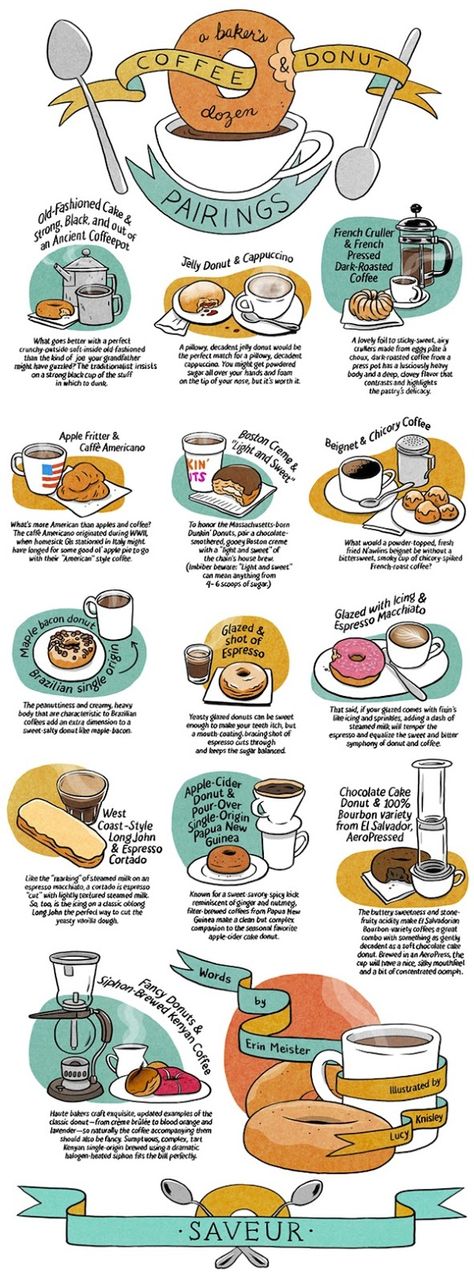 As a rule, it is 80 km/h.
As a rule, it is 80 km/h.
The main thing: on any dokatka there is an inscription "Temporary use only" ("Temporary use"). That says it all. The less you drive on any of the docks, the better. Of course, in theory, even a Euro-roller can withstand several thousand kilometers in terms of its physical properties. But at the same time, the tread will remain less and less. Will it ever be needed again?
Good luck on the road and take out the spare tire less often!
Our new video
New version of Exeed LX: test and review
Para-import novelty in driving tests: classic Volkswagen from China
Lada Granta Sport is back! First test
Did you like the note? Subscribe and you will always be in the know!
Driving in Zen
Probably every motorist knows how important the "correct" pressure in the tires of a car is. However, not everyone knows about the factors that affect tire pressure, as well as the features that must be taken into account when operating a vehicle.
According to the popular opinion of motorists, tire pressure is affected only by the presence or absence of external damage to the tire or rim. However, in practice, there are a whole host of factors that, taken together, can lead to significant differences in indicators. In this article, we will try to cover all the nuances.
At first glance, this question is the simplest. Typically, tire pressure refers to the density of the air that is pumped into them using a compressor or pump. It, of course, has a pressure higher than in the surrounding atmosphere, and it is this difference that is the key to the performance of the wheel.
The advent of pneumatic wheels was perhaps the most important invention in the early days of the automobile industry. A tire inflated with compressed air made it possible to effectively smooth out road irregularities, ensure a high ride smoothness of the vehicle and dampen shock loads transmitted from the roadway to the structural elements of the car.
Video on the importance of maintaining the correct tire pressure:
Solid wheels could not provide this, and to this day there is no technology capable of providing similar performance characteristics with the appropriate simplicity and low cost as pneumatic wheels.
As a matter of fact, right from the very beginning, when such wheels were used on vehicles, the engineers had a reasonable question about what tire pressure should be considered optimal for a particular car. And in the end it became clear that for each category of vehicles, such indicators will be very different.
So, what influences the choice of the optimal pressure in the tires of a car?
Perhaps this criterion is the main one, because the tire is designed to provide, first of all, the effective absorption of loads of various types - shock, vibration, etc.
Everyone knows from the school course of physics that gases tend to expand when heated, and at low temperatures - to reduce their pressure. Accordingly, the tire pressure must compensate for temperature fluctuations that occur during vehicle operation.
This statement does not only refer to the range of external operating temperatures, but also to the fact that the tire heats up when rolling. By the way, the difference in wheel temperature between a stationary and a moving vehicle is very significant, and it is very easy to check this - just touch the car wheel after a long trip. It turns out to be quite hot. In fact, this means that if the wheel is "pumped", in motion due to heating it can simply explode, which is very dangerous.
As you know, axle loads for any car are different, and quite significantly. The load distribution parameter is called weight distribution and, despite the fact that, from the point of view of optimal parameters, the best result is a weight distribution of 50x50, engineers cannot achieve this parameter even on sports cars with a central engine position within the wheelbase.
In practice, weight distribution can be influenced by many factors, including the number of passengers, load, etc. Accordingly, the load on the tires also varies over a very wide range.
Video - why measure tire pressure:
Considering all the mentioned characteristics, car engineers calculate the average tire pressure value, which is designed to “balance” these criteria and ensure uniform performance across the entire range of operating loads.
Tire pressure is measured using a special device called a pressure gauge. It can be either mechanical or electronic, be a separate device or be included in the compressor package, but its function remains the same - an accurate measurement of the pressure created in the car wheel.
It goes without saying that a manometer, like any mechanism for precise measurements, has its own error. Its value is indicated on the body of the device, and the smaller it is, the more accurate the measurement made by the driver will be. At the same time, the car manufacturer also indicates the recommended tire pressure for a particular vehicle in the accompanying documentation. Many tire manufacturers also provide their own recommendations.
Its value is indicated on the body of the device, and the smaller it is, the more accurate the measurement made by the driver will be. At the same time, the car manufacturer also indicates the recommended tire pressure for a particular vehicle in the accompanying documentation. Many tire manufacturers also provide their own recommendations.
At first glance, everything is simple - the driver just needs to bring the tire pressure in line with the factory recommendations and maintain it at a given level. However, here we return to the fact that pressure is influenced by a number of factors, and the main one is temperature.
Video - what the wrong pressure in the tires of a car can lead to:
up to 2.5 atmospheres), with a decrease in temperature, we will get a pressure that is significantly lower. It is especially problematic to "catch" the correct pressure if the car is stored in a warm garage. As a result, the wheels, initially pumped up to the correct value, will change their physical properties during the trip, and when entering the heated box, the pressure will return to normal.
As a result, the wheels, initially pumped up to the correct value, will change their physical properties during the trip, and when entering the heated box, the pressure will return to normal.
The solution to this problem can be the option when the tires are inflated after a long parking of the car in the open air, or compensating inflation of the tire in the box. However, the question arises of how much the tire should be inflated in order for the tire pressure to be within the recommended range in winter. Let's try to analyze this situation using the examples of VAZ cars, which, as you know, have a wheel diameter of R13 or R14.
Despite the fact that we gave this example for popular VAZ models, a similar approach can be easily used for cars from other manufacturers.
You can also download the tire pressure table for cars of different brands - HERE (word file).
Very often, motorists underestimate the decrease in pressure in the tires of the car or their deviation from the manufacturer's standard recommendations.
In practice, the difference in tire pressure can lead to a deterioration in vehicle handling, increased tire wear, as well as a change in the balance of the vehicle when cornering.
The fact is that tire pressure uniformity is an important aspect of proper vehicle weighting. The change in pressure is especially acute when driving on slippery surfaces and in winter can even lead to an increased “tendency” of the car to skid when cornering.
As already mentioned, not only reduced pressure can be dangerous, but also its increase. An over-inflated tire is often even more dangerous than an under-inflated one. This is due to the fact that the wheel loses its elasticity and the ability to effectively deal with shock loads from the coating.
As a result, driving a large bump at high speed can lead to an abrupt increase in pressure, which the tire will not be able to withstand. Thus, the wheel can explode in a relatively harmless traffic situation.
As you can see, it is imperative to monitor tire pressure.